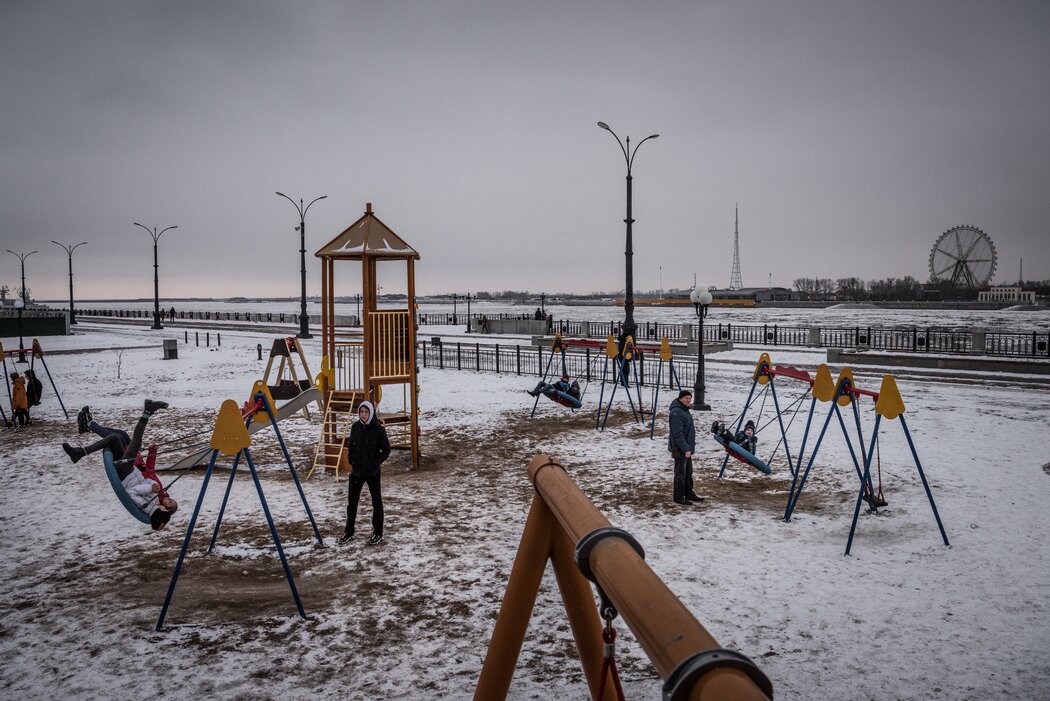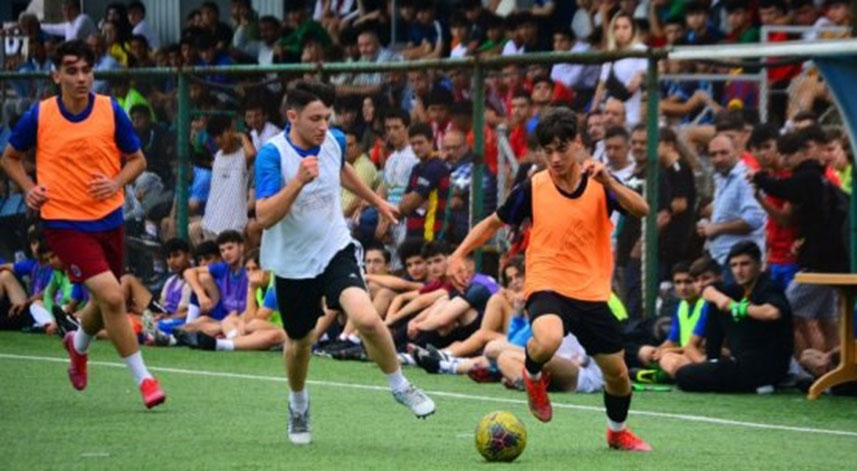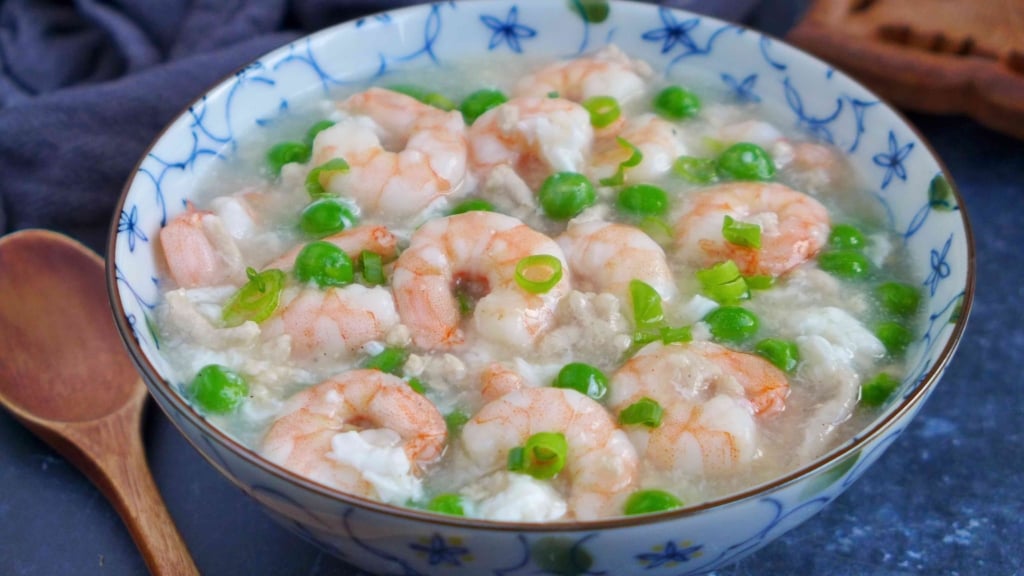Impact Of Warmer Weather On Russia's Military Campaign In Spring

Table of Contents
Increased Mobility and Accessibility of Terrain
The melting of snow and ice across Ukraine during the spring thaw dramatically alters the accessibility of the terrain. This impacts both sides of the conflict, but the effects are particularly pronounced given Russia's reliance on heavier armored vehicles.
- Increased accessibility for heavier armored vehicles: The frozen ground of winter severely limited the movement of tanks and other heavy equipment. The spring thaw opens up previously impassable roads and fields, allowing for faster advances and increased maneuverability. This is especially true in the eastern and southern regions of Ukraine, which are characterized by vast plains.
- Potential for faster troop movements and supply lines: Improved road conditions translate into the ability to move troops and supplies more efficiently. This can significantly shorten supply lines and accelerate the pace of offensive operations. However, this advantage is not without its caveats.
- Challenges still remain due to muddy conditions: While the thaw improves mobility, it also creates significant challenges. Heavy rains often accompany the thaw, turning roads and fields into a quagmire. This mud significantly reduces the speed and effectiveness of armored vehicles, creating logistical bottlenecks and hindering maneuverability.
For Russia, this increased mobility presents both opportunities and risks. The potential for quicker advances is countered by the logistical challenges posed by the mud, potentially offsetting any gains. The impact is region-specific; areas with heavy clay soils will experience more significant limitations than those with sandier terrain.
Impact on River Crossings and Logistics
Rising river levels and increased water flow due to the spring thaw present substantial challenges to military logistics and river crossings.
- Challenges in maintaining supply lines: Flooding can damage bridges and roads, disrupting supply lines and hindering the movement of troops and equipment. This is particularly crucial for Russia, which relies on extensive supply lines extending from its territory.
- Increased difficulty and risk in crossing major waterways: The increased water flow and currents make river crossings significantly more difficult and dangerous. This can delay or even prevent offensive maneuvers, especially for units relying on pontoon bridges or other temporary crossing structures.
- Potential for flooding and damage to infrastructure: Widespread flooding can submerge defensive positions and damage critical infrastructure, impacting both military operations and civilian populations.
These challenges affect both Russian and Ukrainian forces, but the scale of Russia's operations and reliance on extended supply lines arguably makes them more vulnerable to disruptions caused by the spring thaw.
Changes in Defensive Capabilities
Warmer weather significantly affects defensive positions, fortifications, and trench warfare.
- Melting snow reveals previously concealed positions: The receding snow cover exposes previously hidden trenches, bunkers, and defensive positions, potentially changing the tactical landscape significantly. This reduces the element of surprise for both sides.
- Increased vulnerability of defensive lines to attacks: Softer ground makes it easier to breach defensive lines, as traditional fortifications become less effective against heavier artillery and armored assaults.
- Potential shift in strategic importance of certain terrains: Previously impassable areas become accessible, forcing adjustments to defensive strategies and potentially opening new avenues for attacks.
The melting snow and changing terrain create both opportunities and challenges for both sides, requiring adaptive strategies and flexible defense plans.
The Role of Mud and its Impact on Equipment
The ubiquitous mud resulting from the spring thaw poses a significant operational challenge.
- Reduced mobility of tanks and other heavy vehicles: Heavy armored vehicles can quickly become bogged down in the mud, significantly reducing their mobility and operational effectiveness. This can severely hamper offensive maneuvers and even create opportunities for ambushes.
- Increased maintenance needs and breakdowns: The constant strain on engines and mechanical parts caused by driving in muddy conditions leads to increased maintenance needs and breakdowns. This can severely deplete resources and disrupt operations.
- Difficulty in supplying ammunition and other critical supplies: Muddy conditions make it harder to transport ammunition, fuel, and other essential supplies, potentially crippling military operations.
The impact of mud on equipment is likely to disproportionately affect Russia, given its reliance on large-scale mechanized operations.
Impact on Air Operations and Aerial Surveillance
Warmer weather and changing conditions affect air power and intelligence gathering.
- Improved visibility for aerial reconnaissance: Clearer skies and reduced snow cover improve visibility for aerial reconnaissance, allowing for better targeting of enemy positions and more effective monitoring of troop movements.
- Increased effectiveness of air strikes: Improved visibility also enhances the effectiveness of air strikes, with a reduced risk of collateral damage.
- Potential challenges posed by increased cloud cover or precipitation: Conversely, increased cloud cover or precipitation can limit visibility and hinder air operations.
The increased visibility generally benefits both sides, enhancing their ability to conduct reconnaissance and air strikes. However, the unpredictability of spring weather means both sides must adapt to rapidly changing conditions.
Assessing the Spring Thaw's Effect on the Military Campaign
The spring thaw significantly impacts Russia's military campaign in Ukraine, affecting mobility, logistics, defensive capabilities, and air operations. Understanding the changing weather patterns is crucial for both military strategy and planning. The effects are complex and region-specific, requiring constant adaptation to the evolving conditions on the ground. While the thaw offers opportunities for increased maneuverability, it simultaneously introduces significant challenges related to mud, flooding, and logistical complexities.
To gain a more comprehensive understanding of the Impact of Warmer Weather on Russia's Military Campaign in Spring, further research into regional weather patterns, soil types, and their impact on military equipment and tactics is recommended. Explore academic journals, military analysis reports, and ongoing news coverage to stay informed about this crucial aspect of the conflict.

Featured Posts
-
 Priscilla Pointer Actress Dies At 100
May 01, 2025
Priscilla Pointer Actress Dies At 100
May 01, 2025 -
 Edomex Ultimas Plazas Para Clases De Boxeo 3 Dias
May 01, 2025
Edomex Ultimas Plazas Para Clases De Boxeo 3 Dias
May 01, 2025 -
 Stuttgart Atff Futbol Altyapi Secmeleri Katilma Sansinizi Yakalayin
May 01, 2025
Stuttgart Atff Futbol Altyapi Secmeleri Katilma Sansinizi Yakalayin
May 01, 2025 -
 Restaurant Quality Crab Stuffed Shrimp In Lobster Sauce At Home
May 01, 2025
Restaurant Quality Crab Stuffed Shrimp In Lobster Sauce At Home
May 01, 2025 -
 The Countrys New Business Hotspots A Geographic Overview
May 01, 2025
The Countrys New Business Hotspots A Geographic Overview
May 01, 2025
